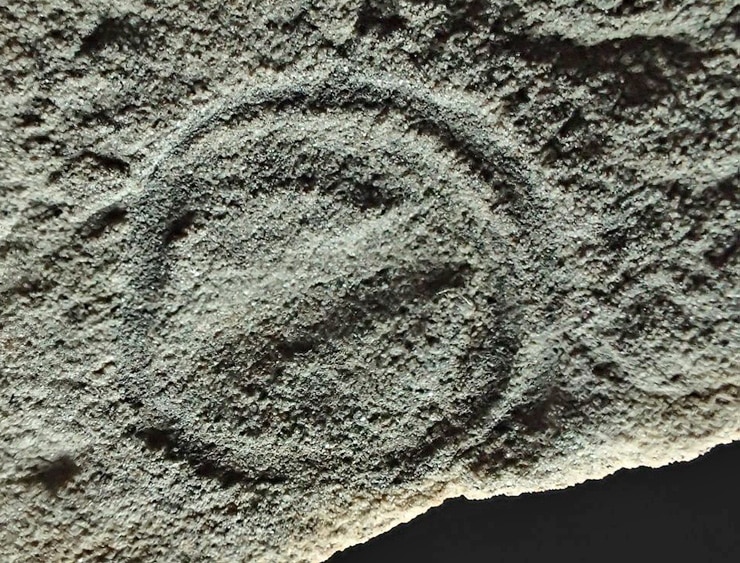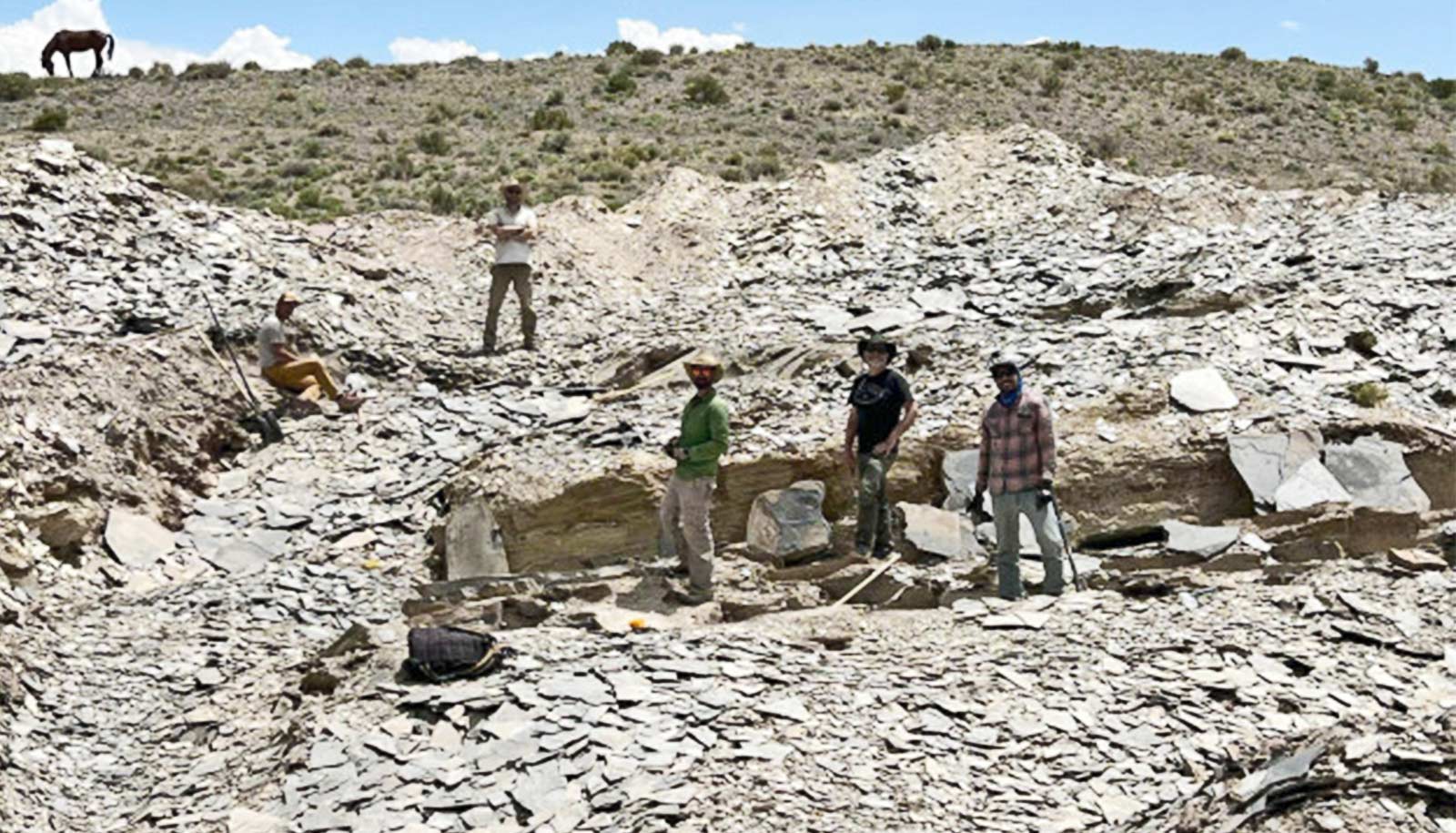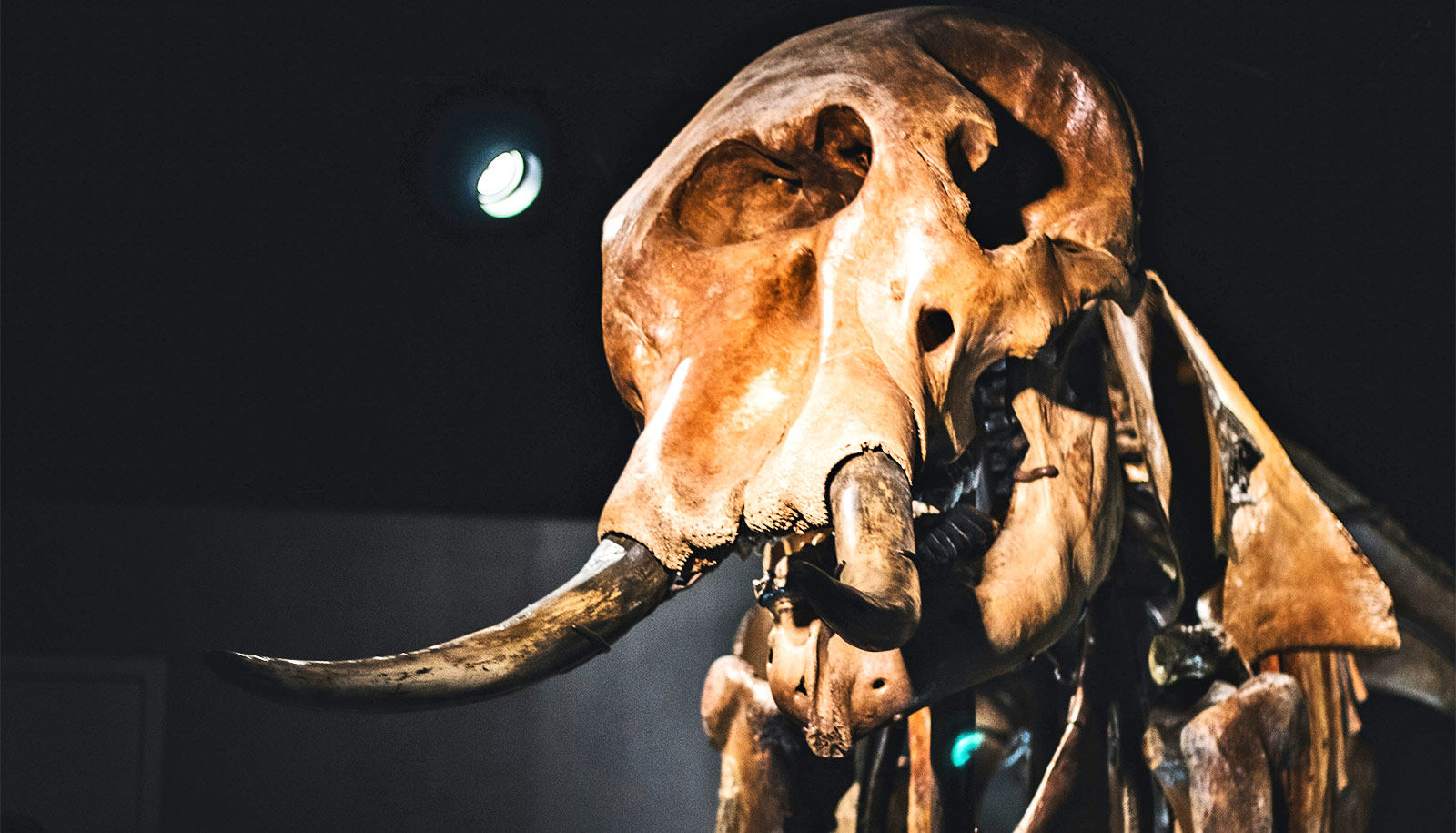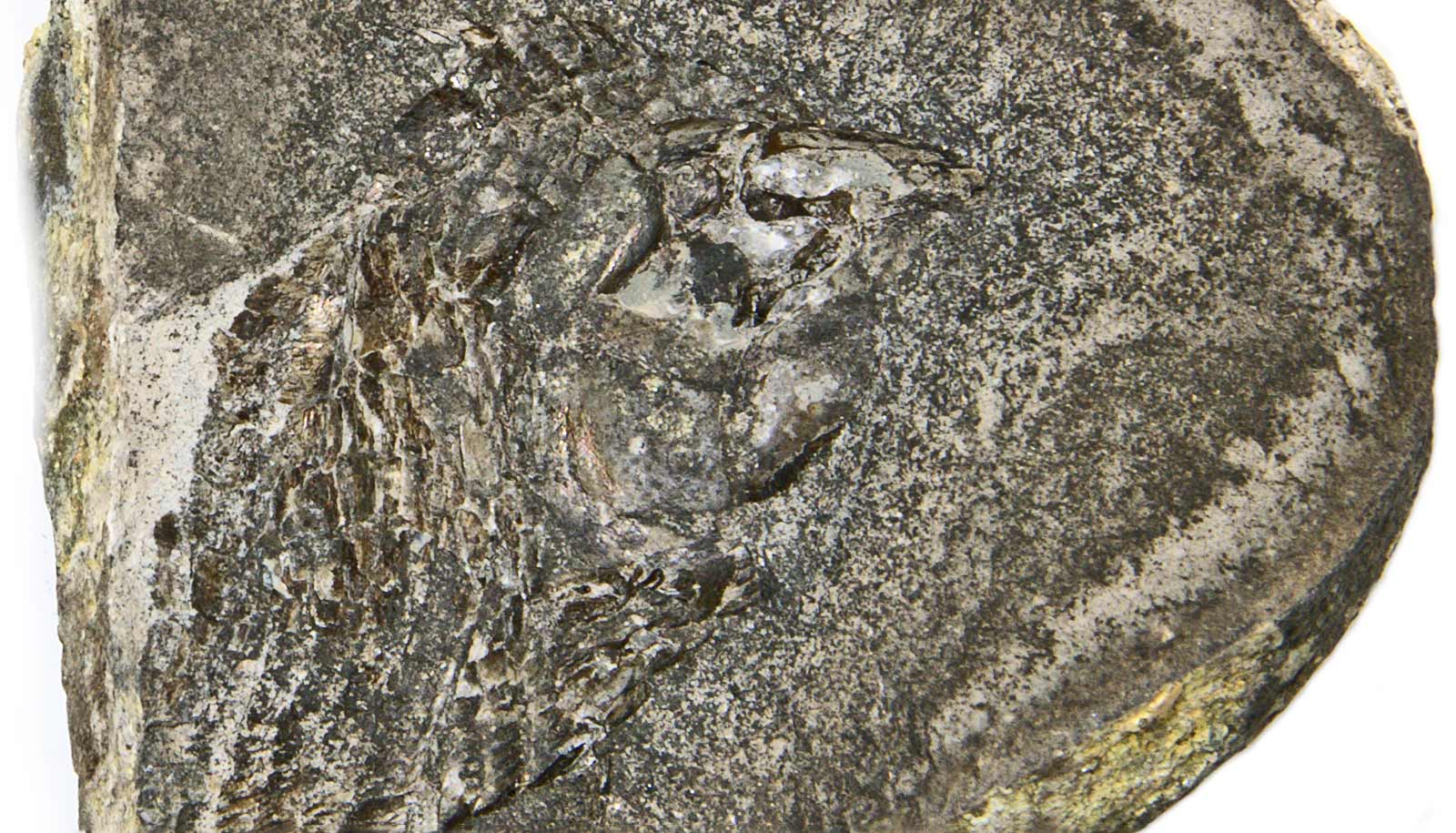The mysterious, soft-bodied creatures that populated Earth’s shallow seas 635 to 540 million years ago didn’t just sit around, new research suggests. They went with the flow.
Scientists have found it extremely difficult to fit these Precambrian species from the Garden of Ediacaran into the tree of life. That is because they lived in a time before organisms developed the ability to make shells or bones. As a result, they didn’t leave much fossil evidence of their existence behind, and even less evidence that they moved around.
So, experts have generally concluded that virtually all of the Ediacarans—with the possible exception of a few organisms similar to jellyfish that floated about—were stationary and lived out their adult lives fixed in one place on the sea floor.
The new findings, published in Biology Letters, concern one of the most enigmatic of the Ediacaran genera, a penny-sized organism called Parvancorina, which has a series of ridges on its back that form the shape of a tiny anchor.

By analyzing the way in which water flows around Parvancorina’s body, researchers conclude that the ancient creatures must have been mobile: specifically, they must have had the ability to orient themselves to face into the current flowing around them. That would make them the oldest species known to possess this capability, which scientists call rheotaxis.
“Our analysis shows that the amount of drag produced with the current flowing from front to back is substantially less than that flowing from side to side,” says Simon Darroch, assistant professor of earth and environmental sciences at Vanderbilt University, who led the study. “In the strong currents characteristic of shallow ocean environments, that means Parvancorina would have benefited greatly from adjusting its position to face the direction of the flow.”
Ancient ocean quirk left us these bizarre fossils
An Australian study in Scientific Reports reinforces these conclusions. Analyzing an Ediacaran site in South Australia, researchers found that the Parvancorina fossils were preferentially aligned in the direction of the prevailing current and determined that this alignment was not passive but represented a rheotactic response at some point in the organism’s life history.
The analysis, which used a technique borrowed from engineering called computational fluid dynamics (CFD), also showed that when Parvancorina faced into the current, its shape created eddy currents that were directed to several specific locations on its body. “This would be very beneficial to Parvancorina if it was a suspension feeder as we suspect because it would have concentrated the suspended organic material making it easier to consume,” Darroch says.
“We decided to stop trying to figure out where these species fit in the tree of life and to try to determine how they were shaped by evolutionary forces,” says Darroch. “We wanted to understand how their weird architectures affected how they ate, reproduced, and moved. Because they lived in a shallow sea environment, strong currents must have played a major role in their evolution. So computational fluid dynamics is the perfect tool for addressing this question.”
Molecule skimmed from sea may alter fossil record
“When you sit back and think about it, we are virtually recreating ancient oceans, and populating them with digital representations of long extinct organisms that have defied our understanding for over 50 years in order to gain insight on how they lived their day to day lives,” adds coauthor Marc Laflamme, assistant professor of earth science at the University of Toronto Mississauga. “This kind of work would not have been feasible even a decade ago, and I believe it represents the direction that modern paleontology is forging.”
“The fact that we have now established that one Ediacaran species could move around suggests that our picture of this period may be fundamentally wrong,” says Darroch. “There may have been a lot more movement going on than we thought and we intend to apply this technique to other Ediacaran fossils to determine if that was the case.”
The National Science Foundation and the National Science and Engineering Research Council of Canada supported the work.
Source: Vanderbilt University



